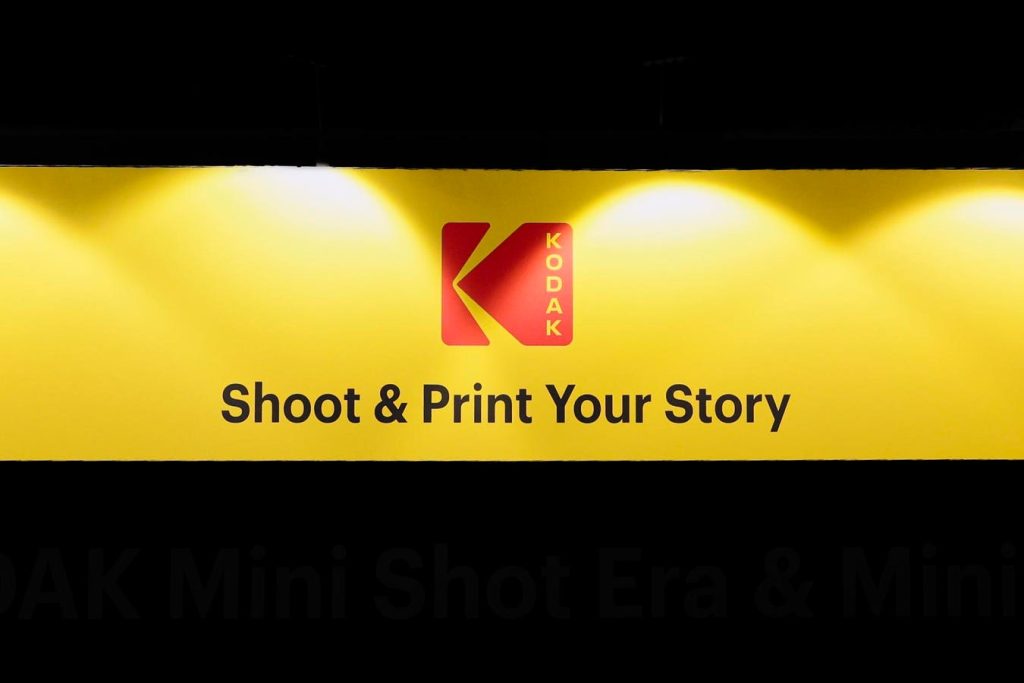Eastman Kodak’s Resurgence: A Journey of Innovation and Volatility
Eastman Kodak, a name synonymous with photography, has embarked on a transformative journey, shifting its focus from its legacy business to advanced materials, chemicals, and emerging technologies. This strategic pivot has sparked renewed investor interest, propelling its stock price to multi-year highs. However, the path to sustained growth is fraught with challenges, including volatile market conditions and the need to consistently deliver on its innovation promises.
Kodak’s stock performance has been a rollercoaster ride in recent years. After experiencing significant declines in 2021 and 2022, the stock rebounded strongly in 2023 and 2024, more than doubling in value from its lows. This resurgence can be attributed to several factors, including the company’s strategic focus on growth areas like battery technology and modernized manufacturing, as well as a favorable ruling on tariffs by the U.S. International Trade Commission. This decision likely reduced costs for imported components and materials crucial to Kodak’s operations, boosting profitability and investor confidence.
Despite these positive developments, Kodak’s financial performance remains mixed. While the company reported a significant increase in net income in Q3 2024, driven by operational efficiencies and cost management, revenue and gross profit margins declined. This highlights the ongoing challenges Kodak faces in navigating the evolving market landscape and maintaining consistent financial performance.
Kodak’s Innovation Strategy: A Pivot to the Future
At the heart of Kodak’s transformation lies its innovation strategy, which centers on leveraging its expertise in advanced materials and chemicals to develop new products and applications. The company is investing heavily in battery technologies, particularly for energy storage, a rapidly growing market with immense potential. This strategic move positions Kodak to capitalize on the increasing demand for energy storage solutions driven by the rise of renewable energy sources and electric vehicles.
Furthermore, Kodak is modernizing its film and manufacturing processes, seeking to improve efficiency, reduce costs, and enhance its competitiveness. The company is also exploring opportunities in substrate coatings and other industrial applications, further diversifying its portfolio and reducing its reliance on traditional photography-related products. This diversification strategy is crucial for Kodak’s long-term sustainability and its ability to adapt to changing market demands.
Navigating Volatility and Uncertainty
Kodak’s stock performance has been significantly more volatile than the broader market, as evidenced by its fluctuating returns over the past few years. While the company has shown signs of recovery, the current macroeconomic environment, marked by uncertainty surrounding interest rate cuts and geopolitical tensions, poses significant risks. The possibility of a repeat of the stock’s sharp declines in 2021 and 2022 cannot be ruled out.
To mitigate these risks and ensure long-term success, Kodak must focus on several key areas. Sustaining profitability is paramount, requiring continued cost optimization and efficient resource allocation. Expanding investments in advanced materials and battery technology will be crucial for capturing market share in these high-growth sectors. Leveraging favorable trade conditions, such as the recent tariff ruling, can further enhance Kodak’s competitive position.
The Road Ahead: Challenges and Opportunities
Kodak’s future trajectory hinges on its ability to execute its innovation strategy and navigate the challenges ahead. The recent momentum in its stock price reflects strong investor interest and optimism about the company’s transformation. However, weak gross profit margins and revenue declines underscore the need for continued improvement in operational efficiency and cost control.
The potential for sustained growth remains significant if Kodak can successfully capitalize on its investments in advanced materials and battery technology. These emerging markets offer substantial opportunities for expansion and diversification, further distancing the company from its legacy photography business. However, translating these investments into tangible financial results will be critical for maintaining investor confidence and driving long-term shareholder value.
Ultimately, Kodak’s success will depend on its ability to adapt to evolving market dynamics, maintain a disciplined approach to cost management, and consistently deliver on its innovation promises. The journey ahead is fraught with challenges, but the potential rewards for successfully navigating this transformation are substantial. Only time will tell if Kodak can fully realize its potential and secure a sustainable future in the rapidly changing world of technology and advanced materials.










